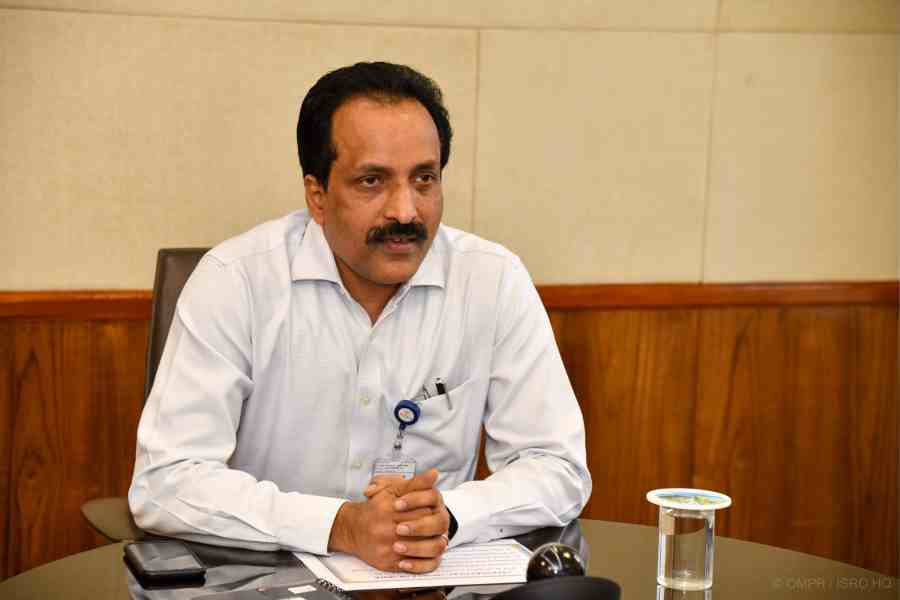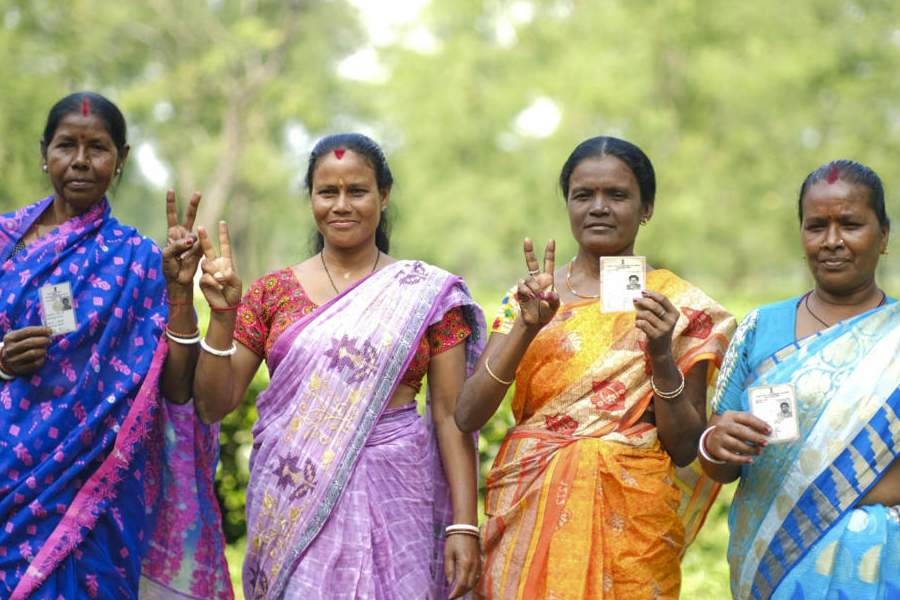Millennia before our time, the word used for the numeral, one, was ‘oynos’. It continued to be in use for nearly three millennia in the Indo-European language till in Old Latin it first became ‘oinos’ and, later, ‘unus’. Subsequently, in Spanish and in Italian, it settled down as ‘uno’ — number one. One may find this journey of the number through the millennia quite intriguing, particularly through those centuries when humans had not invented number systems and writing to represent thought. Is the ability to count independent of any invented or culturally designed system of numbers — this was a question that fascinated the modern cognitive sciences for decades. The currently accepted theory to explain the enigma comes from Psychology. The twentieth-century philosopher, Jacques Lacan, proposed in Écrits — writing or signature in the brain — that during the cognitive growth of a child, between the age of six months to eighteen months, the infant’s brain acquires the ability to distinguish between the self and the other, between oneself and the rest of the world. He also pointed out that it is at this stage that the infant starts looking at oneself through the eyes of the others. In order to simplify the concept, Lacan used the example of a child looking at its mirror image, an imagined true presence of itself. To be ‘one’, as against the externally seen ‘other’, has been a primordial psychic drive in humans; and to be the ‘uno’, prior to the ‘rest’, has been an infantile drive in the human psyche. Fulfilling this infantile drive has been a characteristic of every egotistic ruler too.
When I decided to carry out a country-wide survey of languages in India, I thought it would be useful to collect words for numbers in all languages, whether having scripts or existing merely in oral traditions. It was a fascinating education for me to go through the sets of number-words for over seven hundred languages. Even in the case of the languages that the communities had forgotten, at least the first four numbers were still in existence. I still have to work out the theoretical basis for this phenomenon; but my crude understanding is that whether using languages or not, whether those languages have scripts or not, the human-animal has the innate cognitive ability to formulate a mental image of the outside world. In order to form the image, the ability to conceptualize directions is a prerequisite. On the basis of the linguistic evidence, one can conclude that the human brain has a natural capacity to identify and describe with a fair degree of accuracy the world outside one’s consciousness. In Philosophy, this outside world is described as ‘reality’, not to be confused with ‘truth’, which is but a mental judgment. I conclude that the human brain is sufficiently evolved to allow people to know reality, including where a false claim to being numero uno tries to hide the ‘minus one factor’.
I found corroboration of this hypothesis from an unexpected quarter a decade and a half ago. In those years, I was working with adivasis in Gujarat that required me to travel every day a few hundred kilometres to their villages. During the travel, I could see lots of large hoardings coming up. They declared several thousand crores of allocation for adivasi welfare. The larger part of the hoardings was occupied by an image of the then chief minister in a saffron jacket. The figure indicated was a quantum-time larger than the allocations in the history of the state. I tried my best to go through the state budget to see if the figure had any relation with the actual provisions. Contrary to my assumption, it had, but only when one added up the allocation for roads, electricity poles, schoolteacher salaries, health costs and irrigation. When one removed from the impressive aggregate all those allocations, what remained for the poor adivasis was substantially less than the allocations in previous years. One day, as I stopped by a tea-stall for a cup of tea, I heard a group of young migratory tribals discussing the poster. One of them said, “The ‘murti’ (literally ‘statue’, but here ‘image’) looks too large.” I was amazed that adivasis, who had no way of understanding the budget cleverness, had, in fact, understood the element of deception in it, although figuratively.
The memory of the chance conversation came back to me on the evening the then chief minister of Gujarat appeared on television to tell the nation that in 2020, India will have 20 lakh crore — a full 10 per cent of the GDP — for lifting up the sinking economy. Like many other devoted citizens, I had tears of gratitude in my eyes thinking of the generosity of the regime. My tears were also caused by the thought of the almost entirely abandoned migratory workers who might find the ‘murti too large’. This time, there was one difference in my experience though, and that was the reaction was immediate. Not just social-media addict ‘digitzens’ but also international rating agencies and stock markets were quick to point out that the numbers do not add. Their calculations showed that the promised stimulus, here and now, veered close to 1 per cent of the GDP. The question is, was this large variation between the claim and the deed surprising? It certainly was not, coming close on the heels of the claims of ‘flattening of the curve’, ‘the doubling rate of Covid-19 patients’, ‘buses and trains provided for bringing migratory populations home’ and ‘train fares paid for workers by the government’. Psychology tells us that the infantile drive to be numero uno is completely unmindful of the human ability to construct a fairly accurate image of reality. This brings me to a celebrated short film titled 2X2=5. The film shows a classroom with students waiting for the teacher to come. As he enters, he announces that the Head Teacher was to make an important announcement. It follows, as the students listen to the microphone fitted on the ceiling of the room. The voice tells them to follow what the teacher teaches and not to misbehave. The teacher writes on the board, ‘2 x 2=5’. One of the students raises his hand and says, “But it should be 4.” The teacher only looks at him and calls in two senior boys waiting outside the classroom. They step in, turn the guns in their hands, and shoot the questioning boy. His blood spills on the blackboard. They leave. The teacher wipes the blood drops with the duster and continues ‘2 x 2=5’. All children copy that in their notebooks. However, there is one child who first copies the sum but, on a second thought, strikes out 5 and writes in its place 4. The film ends there.
Ever since the coronavirus became the exclusive theme for the media, there has been a lot of discussion about competing mathematical models, statistical methods, data-sets and numbers issued by various authorities and non-government agencies. The questions repeatedly asked relate to data authenticity. Those questions must, of course, be asked if we believe that we are still in a democratic system. However, the question of even greater gravity is this: ‘Why has the infantile drive of showing itself as numero uno found such pervasive space in the government’s handling of the people of India?’ Is it because it projects on the entire country its own concealed feeling of ‘being the second’, a deep-seated complex of being neglected, defeated in some distant historical period? Does it not see the obvious that more and more citizens are likely, speaking in terms of the cinematic representation, to scratch out 5 and write 4 in its place? Nature has given that ability to humans. Can regimes, however self-engrossed, reverse it?
The author is Chairman, People’s Linguistic Survey of India; ganesh_devy@yahoo.com











